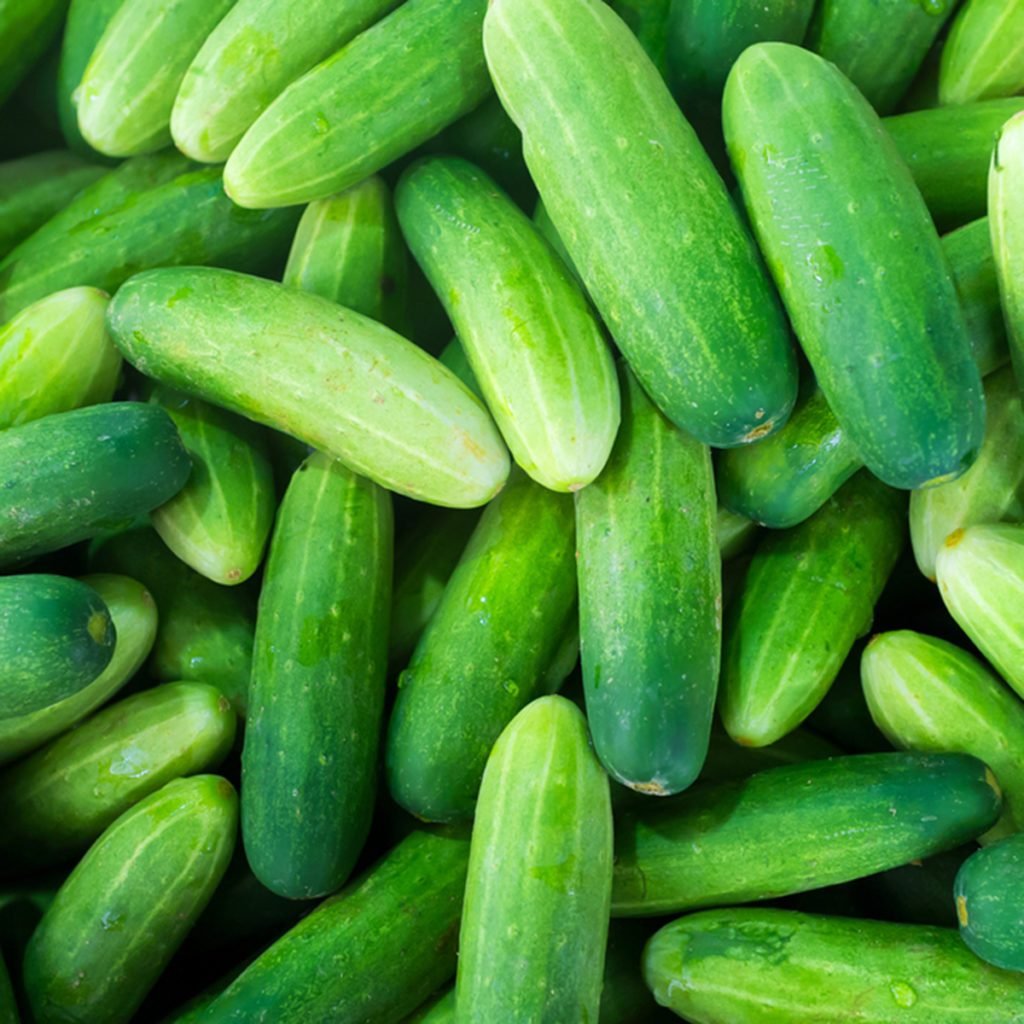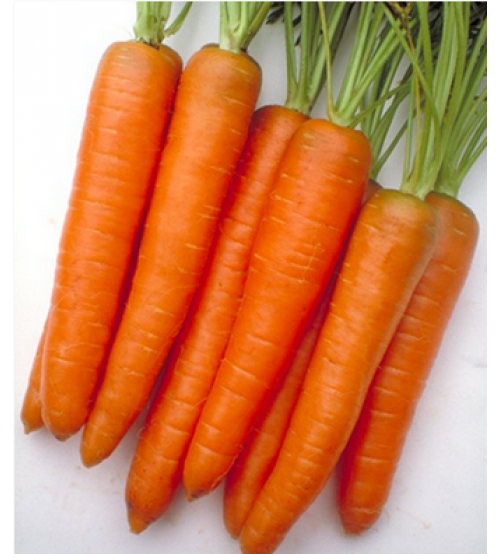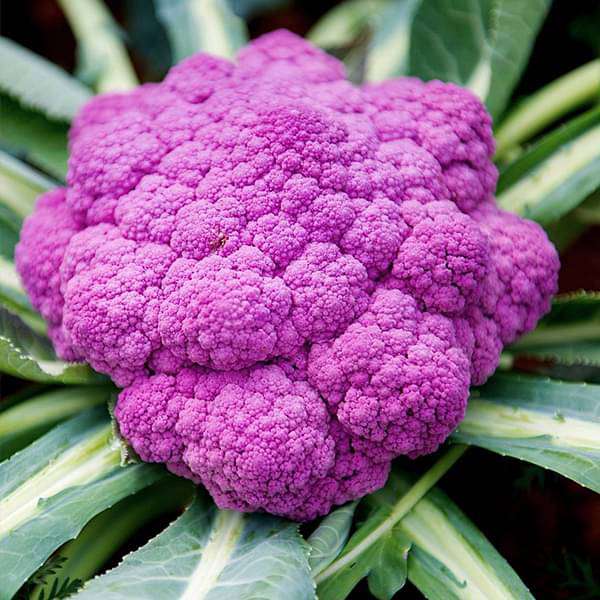- Your cart is empty
- Continue shopping
Growing vegetables in the kitchen garden are very beneficial. You get fresh and healthy organic vegetables. That makes your body healthy and helps to fight many diseases. Not just it is a healthy hobby but it actually relieves stress.
If you want are planning to get all these welfares. Here, know about the ’23 Easiest Vegetables to grow from seeds in your garden!
- Kale
You can develop Kale in various seasons. Regardless of whether it’s late spring or winter, you can establish them at any stage. During summers, when the temperature gets blistering, it had scarcely any awful impact on this verdant vegetable.
Same for winter, it gets better the more ice stage it passes. Likewise, it is extremely nutritious and really great for assimilation. It is prevalently eaten as salad and is known for its medical advantages.
- Cucumbers
Cucumbers are well known as mid-year vegetables. It has a high dampness content that gives a cooling impact to it. You can develop them in your home nursery with practically no significant contentions.
They develop quickly and in gatherings. In this way, they require a lot of room to grow. Simply keep your eyes on bugs and snails as they can hurt them.

- Carrots
You certainly heard the expression, ‘Carrots are plentiful in Vitamin A thus really great for eyes’. This stage is valid as they are extremely nutritious vegetables. You can develop them throughout the colder time of year season.
Developing carrots from seeds are simple and don’t need a lot watering; just 1cm profound. They are sweet in taste and nutritious.

- Green Beans
Beans can develop anyplace on the grounds that they fix the nitrogen level of the dirt. They keep up with the nitrogen nature and make the air viable with their development. They are simpler to develop and endure weather conditions changes.
- Lettuce
Lettuce is the main vegetable that can be filled in all seasons. It very well may be established inside through relocating as well. It is not difficult to develop. Can be kept up with adequate water and daylight.
- Radish
Radish is known as winter vegetables. They require a lot of room in the home nursery to develop. As they extend far below the land.
It is plentiful in supplements like vitamin A, C, and K and minerals like Magnesium, Iron, and phosphorus.
- Peas
Peas are winter vegetables as they prosper during this season. You want to plant them before June to get reaped on schedule. They are extremely nutritious and simple to fill in the house garden.
- Pumpkin
There are huge loads of various kinds of pumpkins, and every one of them is extremely simple to develop from seed. They would rather avoid the cold, so sow the seeds outside about fourteen days after the previous spring ice once the dirt has warmed. To develop enormous pumpkins, then, at that point, attempt Jack-O’- Lantern. In any case, Sugar Pie is a great baking pumpkin.
- Turnip
Another cool strong vegetable, turnips are best when planted in late winter. Plant the seeds straightforwardly into the nursery when the ground is serviceable. Take a stab at developing these turnip seeds in your nursery this year.
- Edamame
You might be shocked to discover that Edamame is probably the simplest vegetable to develop from seed, yet entirely it’s valid! They will not endure the cold, however, so sow the seeds in the ground after peril of ice. Here is the assortment that I develop.
- Red Ace Beet
I love developing beets since they are flavorful and bright as well! They’ll bolt rapidly assuming that it’s excessively warm, so begin the seeds straightforwardly in the nursery 2 a month prior to the previous spring ice, or when the dirt is functional. You can’t turn out badly with dim red beets, however, this Gourmet Blend is amazing as well!
- Arugula
Spicy arugula is one of my beloved kinds of salad greens. They like it cold, so plant the seeds outside 2 a month prior to the average last ice in the spring. This is the sort of arugula that I fill in my nursery.
- Celery
You essentially need to remove the lower part of the celery and spot it in a shallow compartment with a little warm water in the base. The bowl should be kept in a bright and moderately warm spot.
- Okra
We don’t frequently consider okra as a well-being food, however, it’s shockingly high in Vitamins B and C, potassium, folic corrosive, calcium, and dietary fiber. New exploration shows that it can assist with overseeing glucose in individuals with diabetes. Who knew? Use in cooking soups and other cuisines.
- Cauliflower
Cauliflower is a well-known vegetable around the globe. High in Vitamins C, K, and B6, as well as phosphorus, magnesium, manganese, fiber, potassium, folate, niacin, riboflavin, thiamin, and protein (golly!), cauliflower is certainly a commendable expansion to the veggie garden.

- Brussels Sprouts
Now while Brussels grows frequently doesn’t top the most loved food sources list for some individuals, they are really delightful, and congrats. Hoping to build your Vitamins C, K, B1, and B6? What about foliate, copper, potassium, phosphorus, manganese, fiber, chlorine, and omega-3 unsaturated fats? Brussels sprouts are your man, veggie!
- Rutabaga
Rutabaga has a place with the cabbage family. The rutabaga requires around four a greater number of weeks to develop than the turnip, thus it is liked to be filled in the fall season. The foundations of the plant are firmer, enormous, and rounder than the turnip.
- Horseradish
A cool strong enduring, horseradish can recover from a solitary root and spread rapidly. It comes in two kinds: normal and bohemian. The plant is not difficult to develop and flourishes in full daylight. Reap when it is 8-10 inches tall.
- Onion
It is not difficult to develop onions in the nursery. You can plant the seeds, plant the transfers, or small onion bulbs. Various assortments have various necessities and sunlight prerequisites. You can pick between short-day and drawn-out day onion assortments. It is one of the most famous Vegetables that Grow Underground.
- Shallot
Shallot is an individual from the onion family that is predominantly developed from cloves. It tastes really milder when contrasted with customary onions. The leaves can likewise be utilized like chives. Shallot appreciates full sun and prepares to collect in 70-90 days.
- Swiss Chard
Swiss Chard is a green verdant vegetable, that has a place with the beet family. This vegetable fills in both the late spring and winter seasons. Which makes it more straightforward to develop and keep up with.
It is plentiful in minerals like magnesium, sodium, and iron that aids in RBC cells creation. Additionally, it has a lot of nutrients and fiber that work on your body’s digestion.
- Zucchini
Zucchini is well known as a mid-year vegetable due to its damp content. It is not difficult to fill in a home nursery as they don’t require a lot of care. Also, they require more space as they develop. You can impart them to your loved ones.
- Beets
Beets are extremely nutritious vegetables. Plentiful in nutrients and minerals, they help to work on your wellbeing and battle illnesses.
Beets seed comes in cases that contain more seeds. You should plant them profoundly as they develop underneath the land. They fill in size like a tennis ball and tastes sweet.
